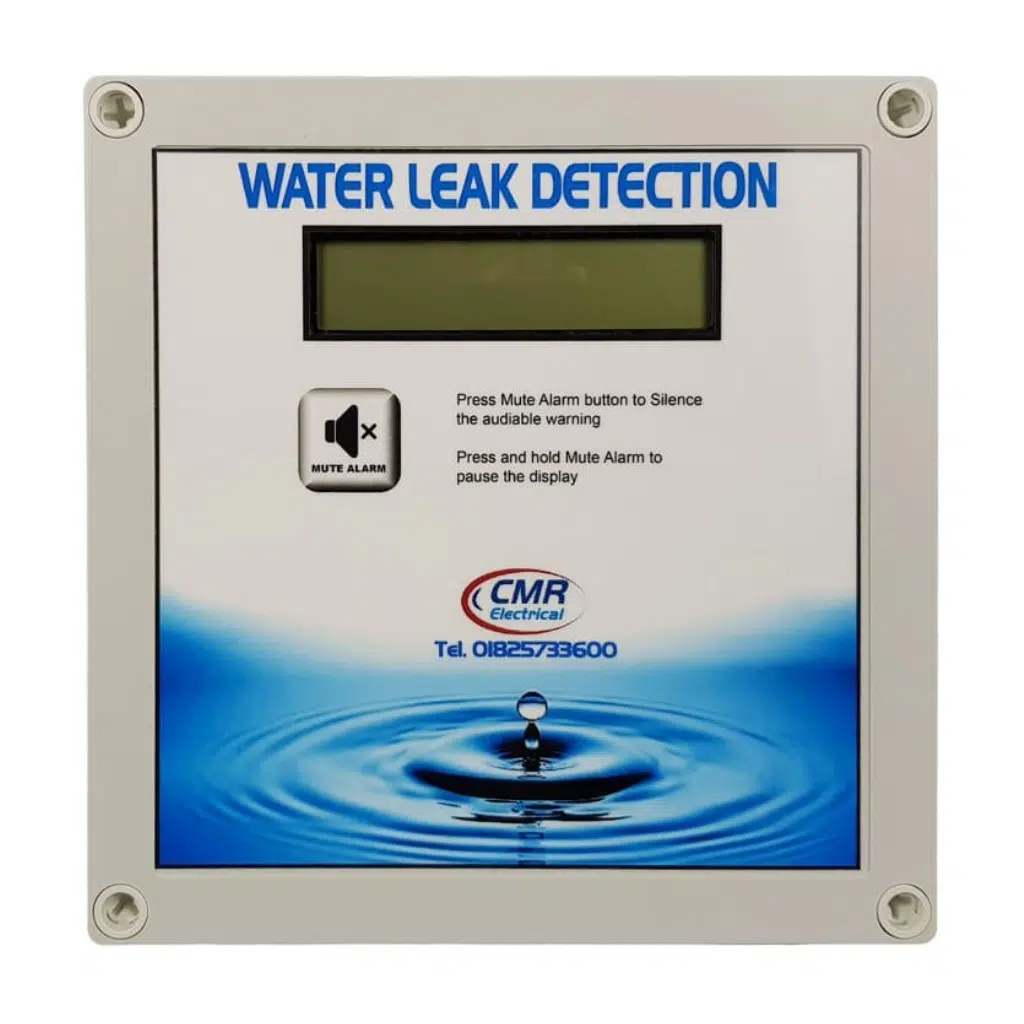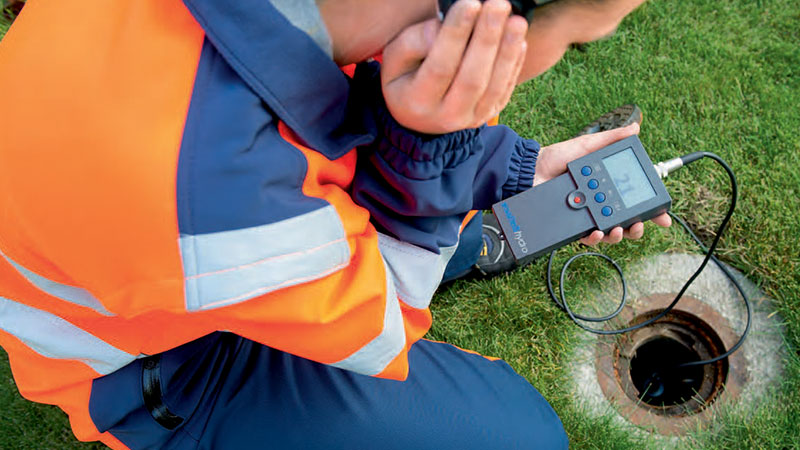Ingenious Solutions for Early Discovery of Water Leaks in Buildings and Infrastructure
From advanced leak detection innovations to the release of IoT sensing units for real-time surveillance, the landscape of leakage avoidance is evolving rapidly. Automated water flow analysis systems are reshaping exactly how leaks are determined and attended to, paving the way for a proactive method to water leak discovery.
Advanced Leakage Discovery Technologies
Advanced leakage discovery modern technologies, geared up with innovative sensing units and formulas, play an essential duty in promptly determining and identifying water leaks in various setups. Electro-magnetic sensors can determine modifications in electromagnetic areas caused by water, supplying yet another layer of leak discovery capacity.

IoT Sensors for Real-Time Surveillance
In the realm of modern water leakage discovery, the combination of IoT sensors for real-time tracking represents a pivotal advancement in boosting aggressive leak discovery capabilities. These sensing units provide constant tracking of water systems, giving real-time information on water circulation prices, pressure variants, and temperature adjustments. By leveraging IoT technology, these sensors can find also the tiniest anomalies in water use patterns, allowing very early recognition of potential leakages before they intensify right into major concerns.
IoT sensing units transfer data to a central system, where innovative formulas evaluate the info and generate informs or alerts when abnormalities are discovered. This real-time tracking capability enables residential or commercial property owners or facility managers to promptly deal with leakages, reducing water damages, lowering fixing expenses, and saving water sources.
In addition, IoT sensors can be incorporated with building monitoring systems, permitting computerized reactions to identified leakages, such as shutting down water valves or turning on pumps to mitigate the effect of leaks. On the whole, the implementation of IoT sensors for real-time surveillance substantially boosts the efficiency and efficiency of water leakage discovery in buildings and facilities.
Artificial Intelligence Algorithms for Leakage Forecast

One trick benefit of using artificial intelligence for leakage prediction is its ability to continually learn and enhance its precision over time. As even more information is collected and fed into the algorithm, it can fine-tune its forecasts and adapt to altering conditions, eventually raising the reliability of leak discovery systems.
Furthermore, device discovering formulas can assist in determining subtle indicators of leaks that may go unnoticed by typical tracking techniques. water leak detection. By evaluating intricate data embed in real-time, these algorithms can supply very early warnings and alerts, enabling timely treatment and preventive upkeep to reduce potential water click this link damage and associated prices
Utilizing Thermal Imaging for Leakage Detection
Thermal imaging modern technology offers an encouraging approach for detecting water leakages in different systems and infrastructures. By using infrared radiation and temperature level variances, thermal imaging electronic cameras can determine surprise leaks that are not easily noticeable to the naked eye. When water leaves from pipes or frameworks, it often changes the temperature of the bordering location, creating temperature level differentials that thermal cameras can catch. These temperature level irregularities are after that translated right into noticeable pictures, highlighting the exact area of the leakage.
One of the key advantages of thermal imaging for leakage detection is its non-intrusive nature. On the whole, the usage of thermal imaging technology enhances the efficiency and accuracy of water leakage discovery, making it an important device for maintaining the integrity of structures and facilities.
Automated Water Circulation Analysis Systems
Exactly how can automatic water circulation evaluation systems reinvent the discovery and administration of leaks in various systems and frameworks? go to my blog Automated water flow analysis systems use a positive strategy to leakage detection by continually monitoring water circulation rates and patterns. By establishing standard information, these systems can promptly recognize inconsistencies that might show a leakage, making it possible for prompt intervention to avoid substantial damage.
These systems use advanced formulas to assess real-time data and supply immediate alerts when anomalies are identified, enabling speedy activity to be taken. Additionally, automatic water circulation evaluation systems can be incorporated with structure management systems or IoT systems, improving general performance and making it possible for remote monitoring abilities.
In addition, the data gathered by these systems can be made use of for predictive upkeep functions, assisting to recognize prospective weak points in the infrastructure before leakages happen. On the whole, the execution of computerized water circulation analysis systems can considerably boost leak discovery and management techniques, eventually leading to set you back financial savings, reduced water wastefulness, and enhanced sustainability in buildings and framework.

Final Thought
Finally, the integration of sophisticated leak discovery technologies, IoT sensing units, artificial intelligence algorithms, thermal imaging, and automated water circulation evaluation systems offers ingenious services for early discovery check my source of water leakages in buildings and infrastructure. These modern technologies enable real-time surveillance, prediction of leaks, and effective discovery approaches to avoid water damage and wastage. Carrying out these options can assist in keeping the integrity and sustainability of water supply in numerous setups.